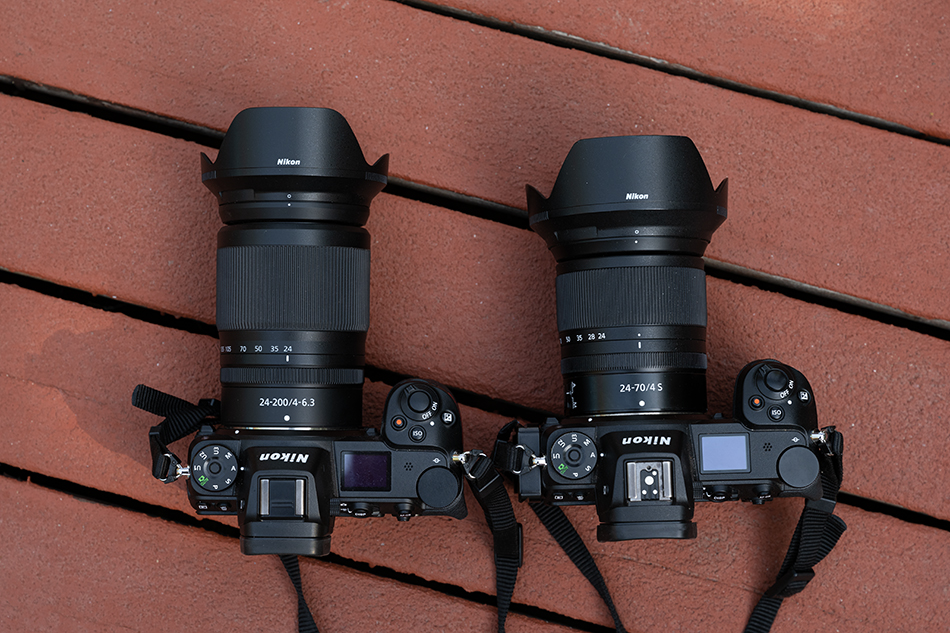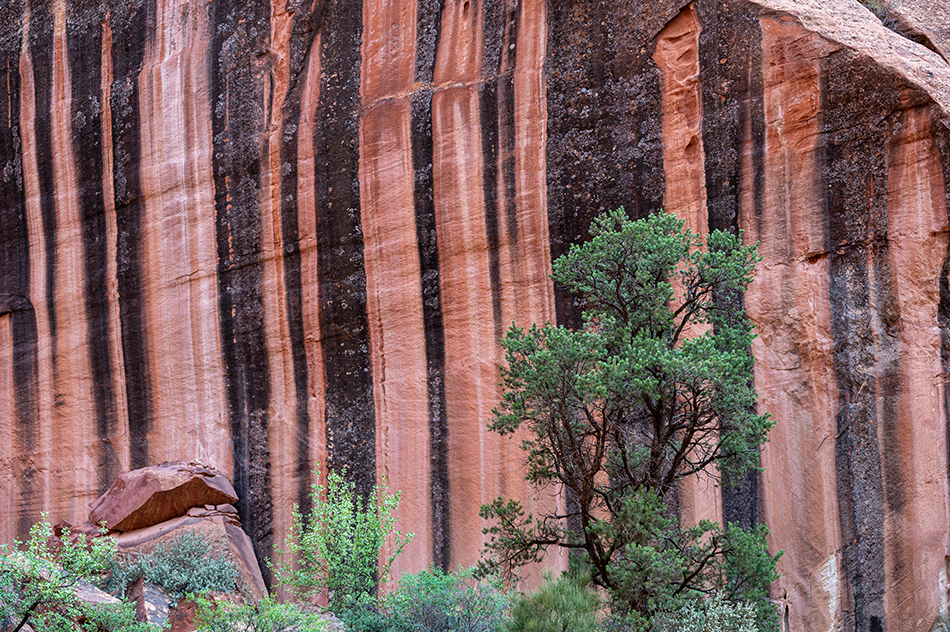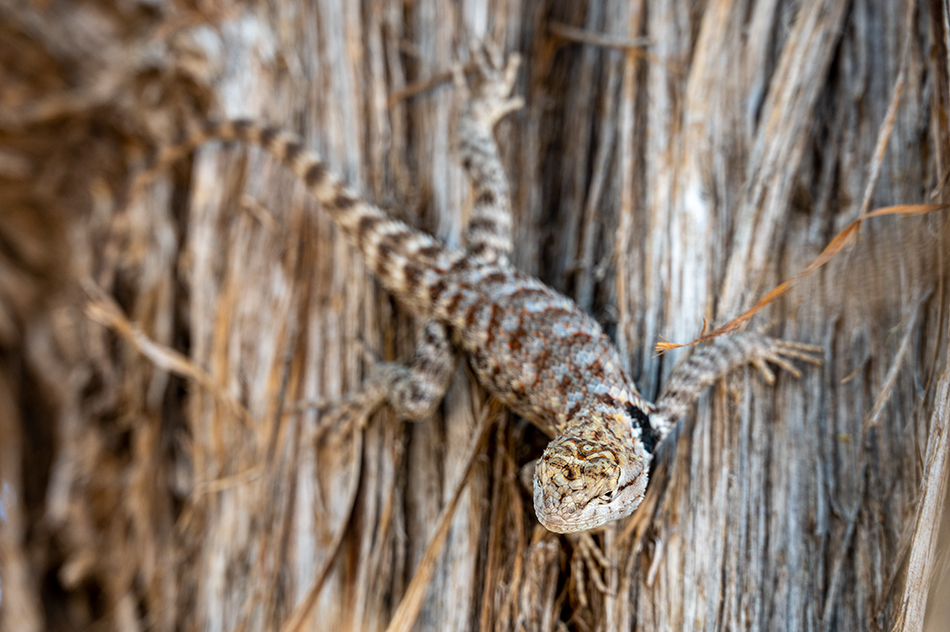
Capital Reef NP, Utah
Any time I see a lens that ‘does it all’, I get skeptical. I have tried a variety of super zooms over the years. The convenience of carrying one lens is great, but the optical quality was not good enough for my taste. I settled on one lens as my favorite travel walk around lens; the Nikon 24-120mm F4. This lens had a nice zoom range, great acuity for most of its range, and it had VR. I have probably used this lens as my main travel lens to over 60 countries. I would combine this lens with my 70-200mm F4 for lightweight travel or the F2.8 version if I was shooting a lot of portraits.
As I have adopted the Nikon Z mirrorless system, the S lenses are smaller and very, very sharp. The 24-70mm F4 ‘kit’ lens is just amazing on how sharp it is, and a great value when purchased with a Z camera. When Nikon announced the 24-200mm F4-6.3 for the Z mirrorless system, I was curious. Since these mirrorless lenses were so sharp, how would a super zoom perform. I went ahead and purchased one to fine out. Boy was I in for a surprise!

First, the 24-200mm is barely larger than the 24-70mm F4, which was already small (see above pic, 24-200mm on left). Attached to a Z6 or Z7, you can almost stuff the entire camera in a jacket pocket. The lens has a lock feature to prevent the lens from creeping, but I have yet to see this happen on the lens. Maybe down the road it will become more loose. Utilizing the in-camera image stabilization gives you 5 stops of stabilization. The lens feels solid similar to other Z system lenses, and the action and zoom is smooth and solid. This lens feels well built. The front does extend out as you zoom to 200mm, but not too much. Just how light is this setup? The Z6 with 24-200mm weighs about one pound less than a D850 and 24-120mm. And don’t forget the 24-200mm goes all the way to 200mm.

Capital Reef NP, Utah
But is it sharp? Let’s just skip to the good stuff…I’d say this lens is as sharp as the 24-120mm, and sharper at the long end towards 120mm and beyond. At 24mm the 24-120mm might have a little better sharpness on the edges and corners, but in the middle you can’t see a difference. Stop down to F5.6 and I’d say they are even. Zoom out to the long end and both lenses are sharp in the middle, but the edges look better on the 24-200mm. Numerous reviews are online confirming these results. It just seems the Z system lenses, even the super zooms, are at very high level of sharpness. What is even more interesting is comparing this lens to the 24-70mm F4 kit S lens. The 24-70mm F4 is a touch sharper in the corners, but stop down to F5.6 or F8 and you won’t see much of a difference.

Capital Reef NP, Utah
One difference that is important to note is aperture. Anyone craving that soft bokeh won’t find that in any super zoom. These variable aperture lenses are designed for versatility, not producing creamy bokeh like a prime portrait lens. Also, the 24-200mm starts out at F4 but rapidly goes to 5.6 and 6.3 as you zoom out. So shooting in low light will require higher ISOs to get decent shutter speeds. I just spent three days shooting in Capital Reef NP with the lens, and it focused similar to other S mount lenses. What was interesting is it focused faster than my 24-120mm F4 in most situations. The images were sharp, with fantastic results in the center and most of the frame. I wouldn’t hesitate to use this lens in almost any shooting situation unless I wanted creamy bokeh, which only a prime can produce.

Capital Reef NP, Utah
My take away after using this lens for a few weeks is this. I am going to start carrying my Z6 with the 24-200mm on many of my travel workshops and assignments. The image quality is terrific, and having a lens that shoots from 24-200mm is hugely convenient. This is going to be my new main travel lens set up. On a second body I will have my 35mm or 85mm F1.8 for softer bokeh and street portraits. Or I might just use my 24-70mm F2.8 S lens. This lens is so sharp (the sharpest 24-70mm DxO has ever tested), and has great bokeh at 2.8.
I am continuing to find a place for both mirrorless and DSLR in my shooting. On assignments we often bring both systems. Nothing can top the D6 (stay tuned for a review!) with a prime telephoto for fast action wildlife or sports, and the optical viewfinder is better suited for this style of photography. On the other hand, I like the incredible optical quality of the Z system, and the smaller kit size is nice for travel. In the end both systems are excellent, you just need to decide what works best for your style of photography. And the answer might be both!